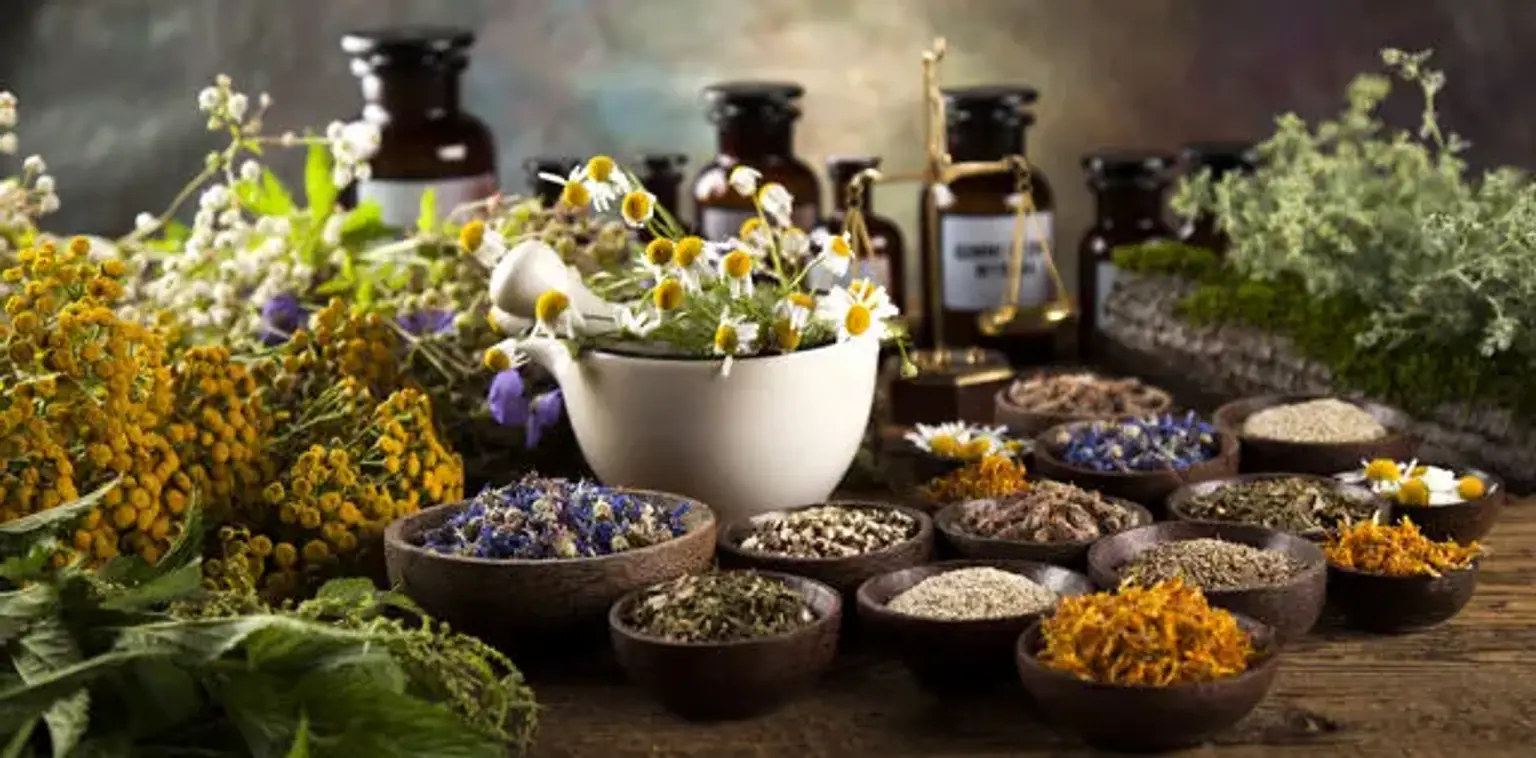Herbal Medicine
Overview
Herbal medicine (also known as herbalism) is the study of pharmacognosy and the use of therapeutic herbs, which form the foundation of traditional medicine. There is little scientific proof for the safety and efficacy of plants used in 21st-century herbalism, which typically does not establish purity or dose criteria. Herbal medicine frequently incorporates fungal and bee products, as well as minerals, shells, and animal parts. Phytomedicine or phytotherapy are additional terms for herbal medicine.
Alternative and pseudoscientific techniques of employing unprocessed plant or animal extracts as untested medications or health-promoting substances are referred to as paraherbalism. The assumption that keeping diverse compounds from a specific source with less processing is safer or more effective than produced items is supported by no data.
Herbal supplements are available in a variety of forms, including dried, chopped, powdered, capsule, or liquid, and can be utilized in a variety of ways, including swallowing as pills, powders, or tinctures. When made into tea, when applied to the skin in the form of gels, lotions, or creams, bath water was infused with it.
